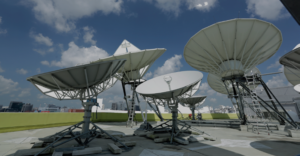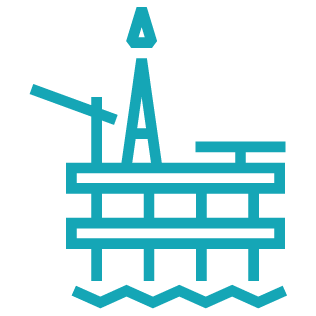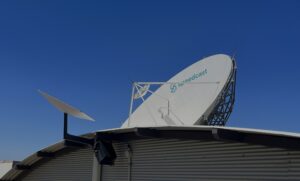According to the World Bank, the incidence of climate-related disasters in Latin America has more than doubled since 1970. Highlighting the importance of disaster recovery communications, between 1982 and 2008, Panama was struck by 32 natural disasters, which created US$86 million in damages and cost 249 people their lives. The below chart illustrates the increasing frequency of disasters affecting the nation:

Source: Climate Change Knowledge Portal
Responding to the Rising Tide of Natural Disasters
In times of crisis, establishing reliable communication networks is crucial for effective disaster response. Rapid deploy kits have emerged as game-changing solutions, enabling swift connectivity in challenging environments. However, with a multitude of options available, choosing the right kit can be overwhelming. In this blog, we will explore key factors to consider when selecting a rapid deploy kit for disaster recovery communications.
Connectivity Options
Evaluate the kit’s connectivity capabilities. Look for solutions that offer high-speed, low latency connectivity, such as those utilizing Low Earth Orbit (LEO) satellite networks. In our latest video, we explore the vital role of satellite-based communication during disasters and critical operations, where traditional infrastructure might be damaged.
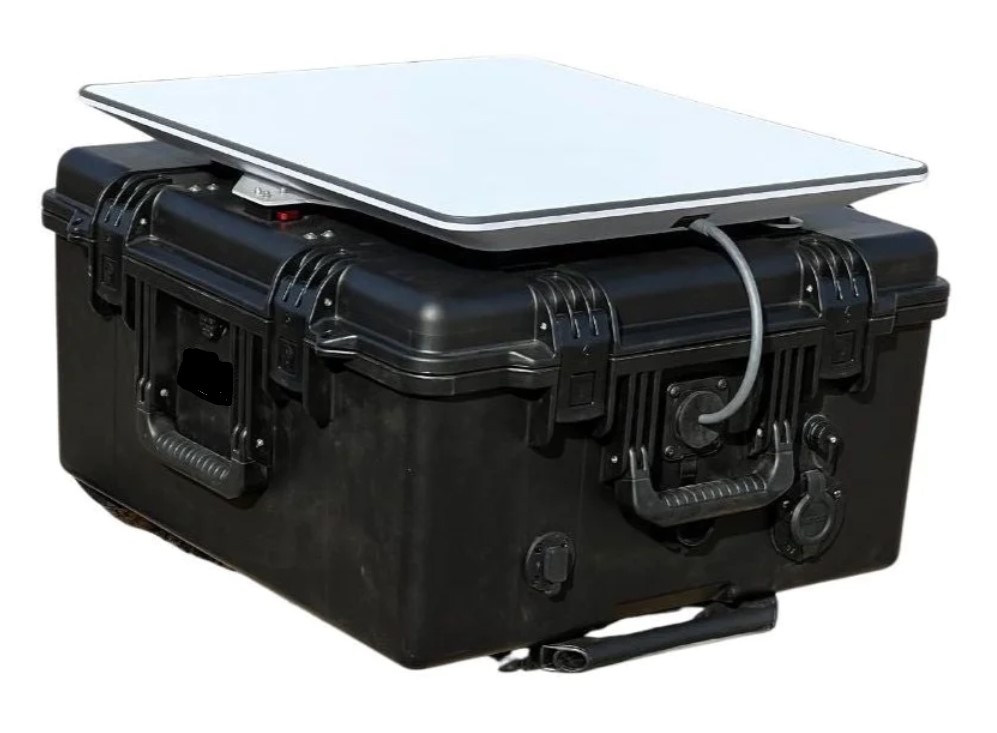
Portability and Ease of Deployment
Consider the kit’s portability and ease of setup. Opt for compact, lightweight kits that can be easily transported and quickly deployed by a single user. Look for intuitive interfaces and integrated infrastructure to simplify installation.
Robustness and Resilience
Assess the kit’s durability and resilience. It should withstand harsh environmental conditions and provide reliable performance in challenging situations. Look for features like ruggedized components and weatherproof enclosures.
Versatile Communication Capabilities
Consider the kit’s ability to support various communication needs. Look for kits that offer voice, video, IoT, telemedicine, and other essential communication services. This ensures comprehensive connectivity for first responders, remote workers, and organizations in sectors like media, mining, energy, government, or NGOs.
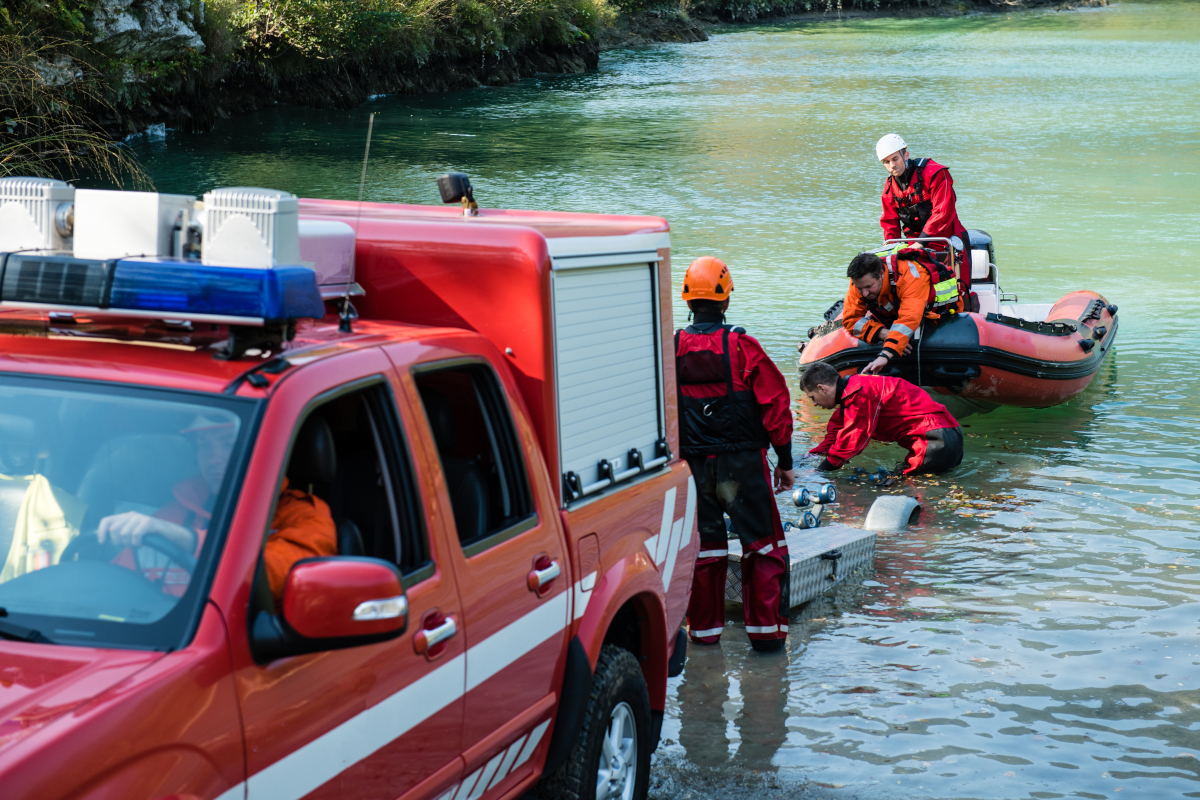
Support and Service
Choose a kit from a reputable provider that offers comprehensive support and service. Look for providers with a track record of delivering reliable communication solutions during emergencies. Access to technical assistance, training, and maintenance services is crucial for successful deployment and ongoing operations. This is especially true for aid organizations that may not have internal IT and technical team members in the field and need to rely on service providers as their IT support extension.
In order respond to disasters effectively, it takes a big team working in close coordination. Selecting the right rapid deploy kit for disaster recovery communications is essential for handling crises. By considering factors such as connectivity options, portability, robustness, versatility, and support, organizations can make informed decisions to ensure seamless and reliable communication in times of need.

Today, technologies like Starlink and OneWeb, for which Speedcast is an authorized integrator and reseller, are making it simpler and faster than ever before to bring high bandwidth connectivity to locations cut off from the rest of the world. Speedcast’s Rapid Deploy Kit offers immediate deployment capabilities, high-speed connectivity, and versatility that can empower organizations and first responders to swiftly establish critical communication networks, ultimately saving lives and mitigating the impact of disasters.
Ready to equip yourself with the ultimate rapid deploy kit for seamless communication during disasters? Contact us now and be prepared to make a difference when it matters most.




